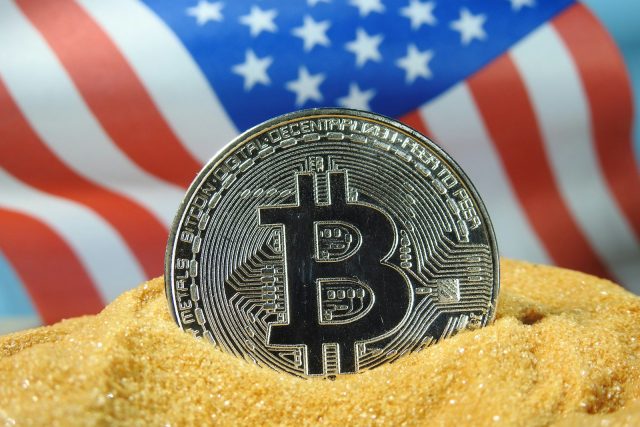
Across the United States, millions of people still live outside the reach of traditional banking systems. Whether due to geography or distrust of institutions, “underbanked” individuals often rely on costly alternatives, such as payday loans or money orders, to manage their finances.
Cryptocurrency is emerging as a viable solution in the digital age. It can help to close the financial inclusion gap by providing secure, accessible, and borderless tools for managing and transferring money.
Who are the Underbanked, and Why Does It Matter?
In 2023, about 5.6 million Americans (4.2% of households) were unbanked, meaning they didn’t have a bank account. This number represents the lowest rate since the Federal Deposit Insurance Corporation (FDIC) began its survey in 2009, although disparities persist among certain demographic groups.
Some estimates consider an additional 18 million people to be underbanked, meaning they have a bank account but still rely on non-traditional services for their financial needs. The reasons vary; some Americans lack the minimum balance required to open an account, and others live in rural areas with limited branch access. Many cite distrust of financial institutions due to high fees or past experiences with overdraft penalties.
The lack of access inconveniences people and perpetuates inequality. Without bank accounts, individuals struggle to build credit and save securely. They often pay higher transaction costs for basic services and miss out on opportunities that others take for granted, such as online shopping or remote work.
How Crypto is Creating Alternatives
Cryptocurrency provides a decentralized method for storing and transferring money, eliminating the need for traditional banking systems. Through a smartphone and an internet connection, users can create a crypto wallet. The wallet is a secure digital address that enables users to send, receive, and store assets such as Bitcoin or stablecoins. Unlike traditional accounts, crypto wallets don’t require credit checks or government IDs, and users don’t need to prove their income, making them more inclusive for individuals who struggle to meet banking requirements.
Communities around the world are adopting crypto for peer-to-peer payments and remittances, bypassing traditional gatekeepers. In America, this trend is also growing. Decentralized finance (DeFi) is creating new channels for participation, including gig workers who receive payments in stablecoins and small businesses that accept cryptocurrency directly. For the underbanked, this means empowerment, the ability to manage funds independently from their smartphones, and to avoid predatory lenders.
On-ramps for the Unbanked
Accessibility remains a challenge, particularly for individuals who are paid primarily in cash. A variety of options now exist that connect physical money to digital assets to bridge the gap. Crypto kiosks and Bitcoin ATM networks enable individuals to instantly convert cash into cryptocurrency without requiring a traditional bank account. They offer a straightforward and tangible way to enter the digital economy while maintaining control over your funds.
For many in underserved communities, the combination of physical access and digital flexibility is transformative. It enables participation in a modern financial system without relying on traditional infrastructure that may have previously excluded them.










